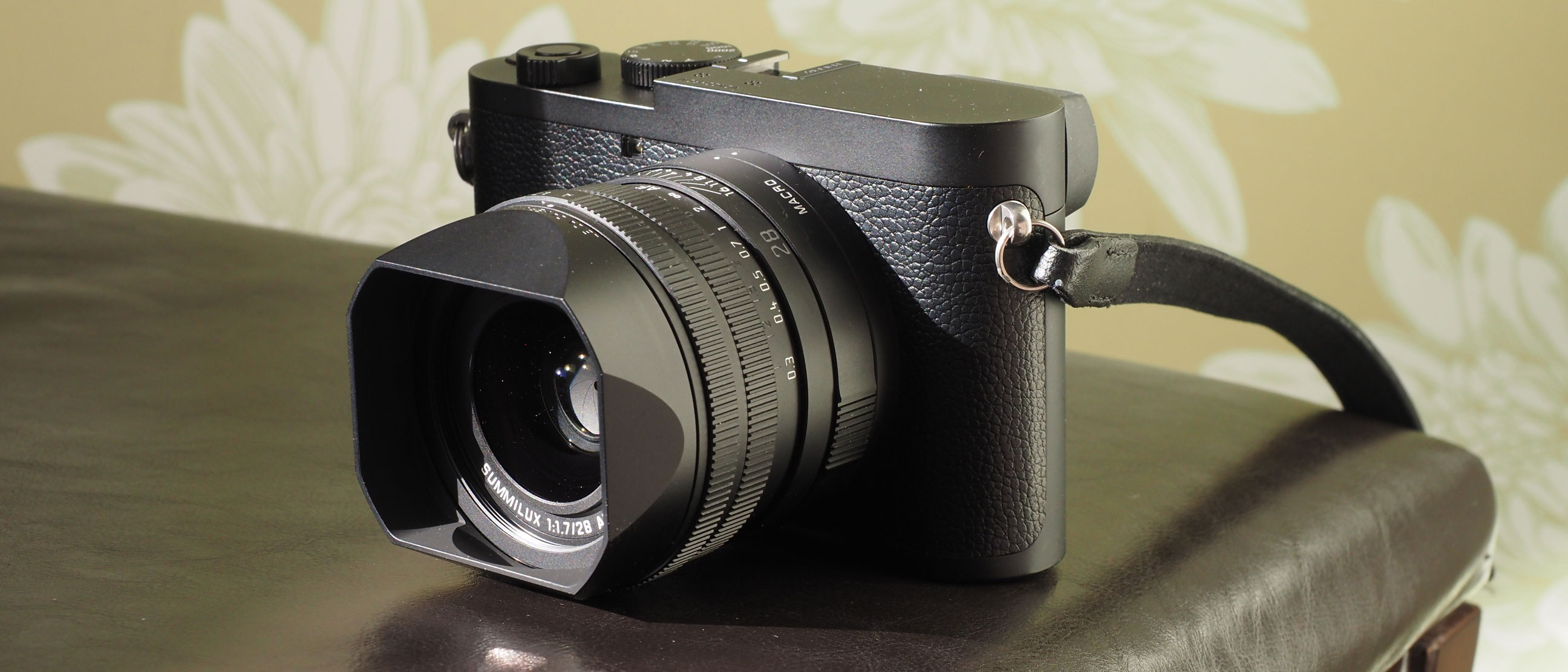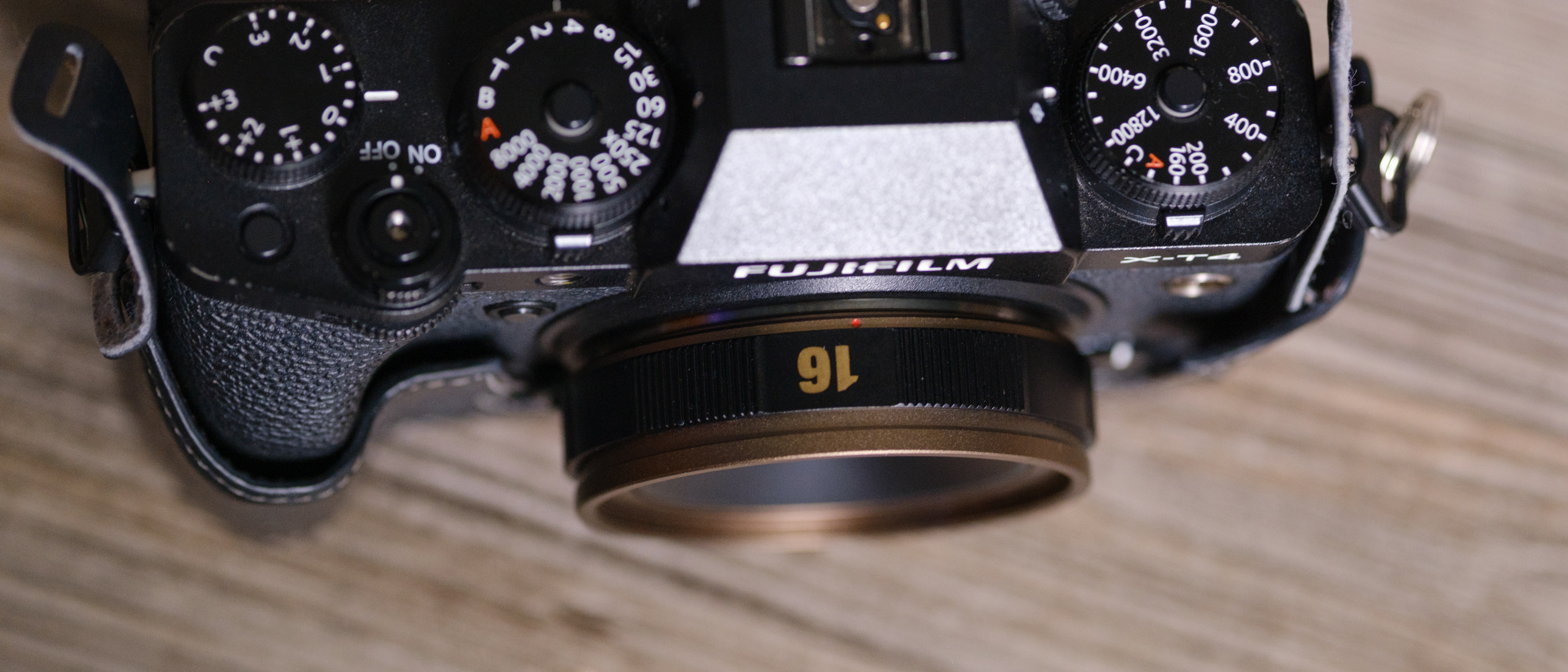Digital Camera World Verdict
Leica has not deliberately ‘hobbled’ a regular camera to make it shoot black and white only. The Leica Q2 Monochrom has had the normal color filter array removed to produce a much higher level of black and white image quality than a regular ‘color’ camera can deliver, even the regular Q2. Combine that with Leica’s legendary design and build quality and you have a camera that is expensive but also highly desirable.
Pros
- +
Black and white image quality
- +
Build and materials
- +
Interface design
- +
Superb Summilux f/1.7 lens
Cons
- -
Fixed rear screen
- -
Quite prone to lens flare
- -
Focus breathing in video
Why you can trust Digital Camera World
The Leica Q2 Monochrom (and the regular Q2) do not form part of Leica’s regular camera ranges. It might look closest in design and audience to the Leica M range, and the Summilux lens bears the same name as some legendary M lenses, but this is a compact camera with an electronic viewfinder and a fixed lens, and is about as far from the M rangefinder design as you can get.
The Leica Q2 is designed for photographers who are happy to embrace the limitations and the creative constraints of a fixed focal length lens in exchange for a stripped-down way of seeing and composing images, combined with some of the finest engineering in the camera world.
You don’t buy a Leica Q2 to get the most features for your money. And that’s certainly true of the Leica Q2 Monochrom, which strips away yet another modern convenience – color – in its pursuit of a classic photographic experience.
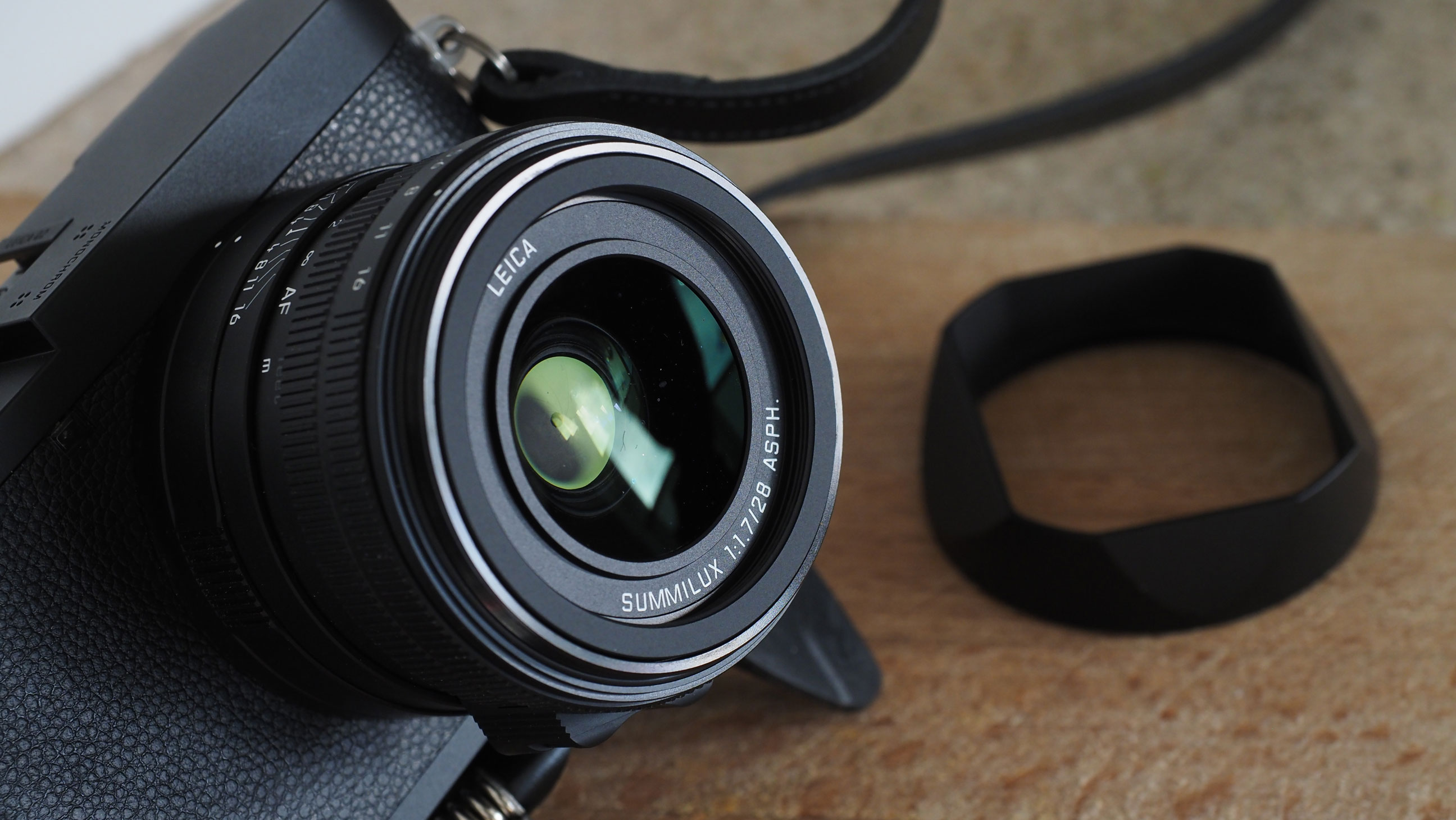
The Summilux 28mm f/1.7 shares the same name as a range of Leica M rangefinder lenses, but it is in fact a very different lens which has both autofocus and image stabilisation built in – Leica’s M lenses have neither.
The Q2 also has an electronic through-the-lens viewfinder rather than the Leica M series rangefinders system. It looks a bit like a Leica M (and costs almost as much), but the Leica Q2 is in fact a thoroughly modern compact digital camera.
Specifications
Sensor: 47.3MP full frame monochrome sensor
Image processor: Maestro
AF points: 225-field contrast AF with face detection
ISO range: 100 to 100,000 (50,000 for video)
Video: Uncropped 4K UHD up to 30p
Viewfinder: EVF, 3.68m dots, 100% coverage
Memory card: 1x SD/SDHC/SDXC UHS II
LCD: 3-inch fixed touchscreen, 1.04m dots
Max burst: 10fps
Connectivity: Wi-Fi
Size: 130 x 80 x 91.9mm
Weight: 734g (with battery)
Key features
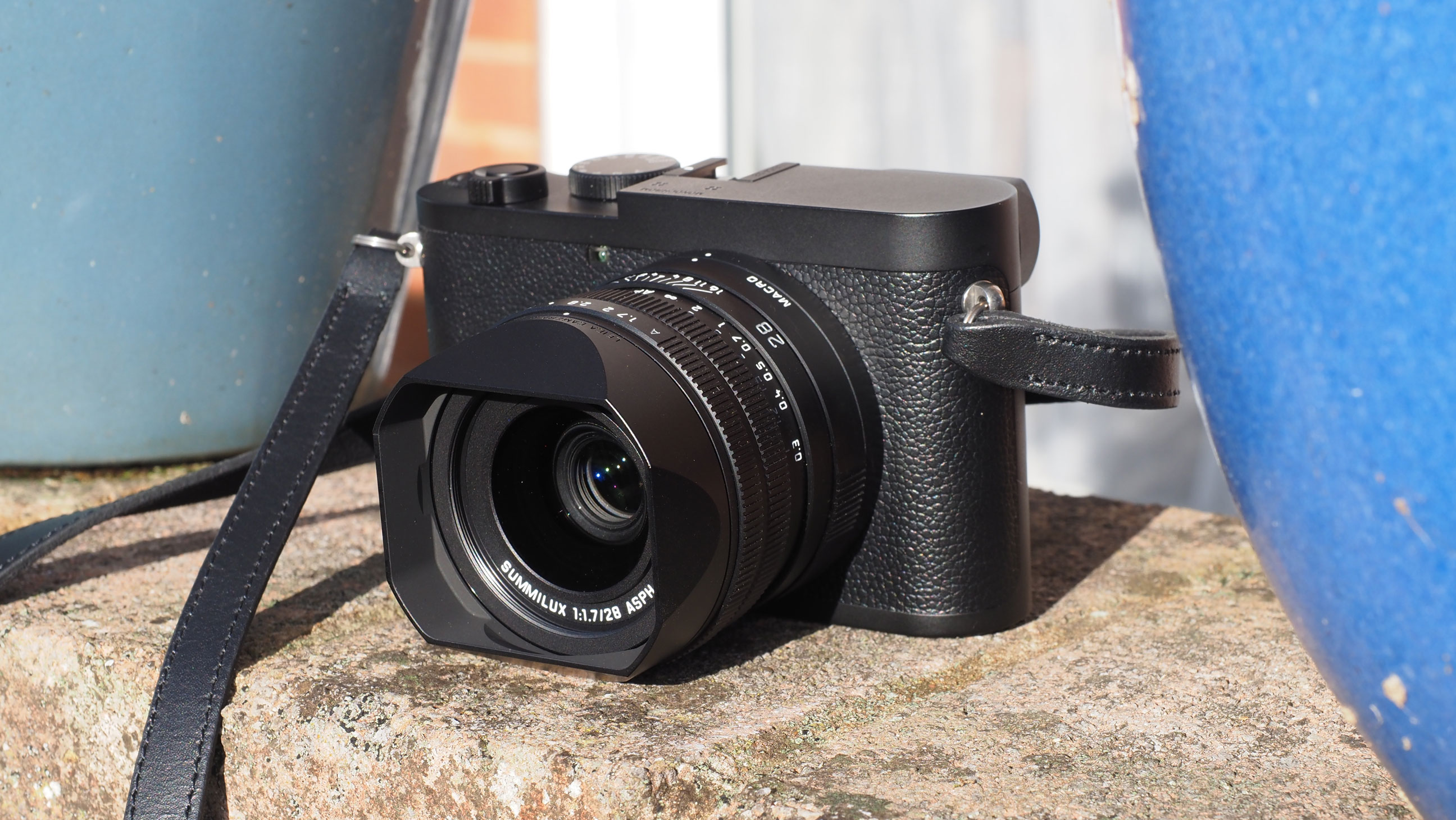
The Leica Q2 Monochrom has a full frame 47.3MP monochrome sensor with no color filter array, so it’s incapable of capturing images in color at all. The kind of user considering this camera won’t be fazed by that – they will have another camera for color work.
Despite the high resolution, the sensor also has a high maximum sensitivity of ISO 100,000 (ISO 50,000 for video). Leica says its monochrome sensor has a dynamic range of 13EV, 2EV better than 11EV dynamic range of the regular Leica Q2. It can also capture images at up to 10fps.
This might be a fixed focal length lens, but Leica has built in 35mm, 50m and 75mm ‘digital’ focal lengths complete with brightline frames in the viewfinder when these are activated. That might not sound appealing, but with 47MP on tap, a cropped image will still have lots of detail – and it’s only the JPEG that’s cropped, as if it’s set up for raw capture too, the Leica will save an uncropped DNG file alongside
Focusing is via a 225-area contrast AF system with face detection, and Leica claims the camera can focus in as little as 0.15sec. Though there is also a manual focus mode activated via a release button on the lens, and there is quite a wide and precise focus distance scale, with handy depth of field markers for hyperfocal focusing and zone focusing.
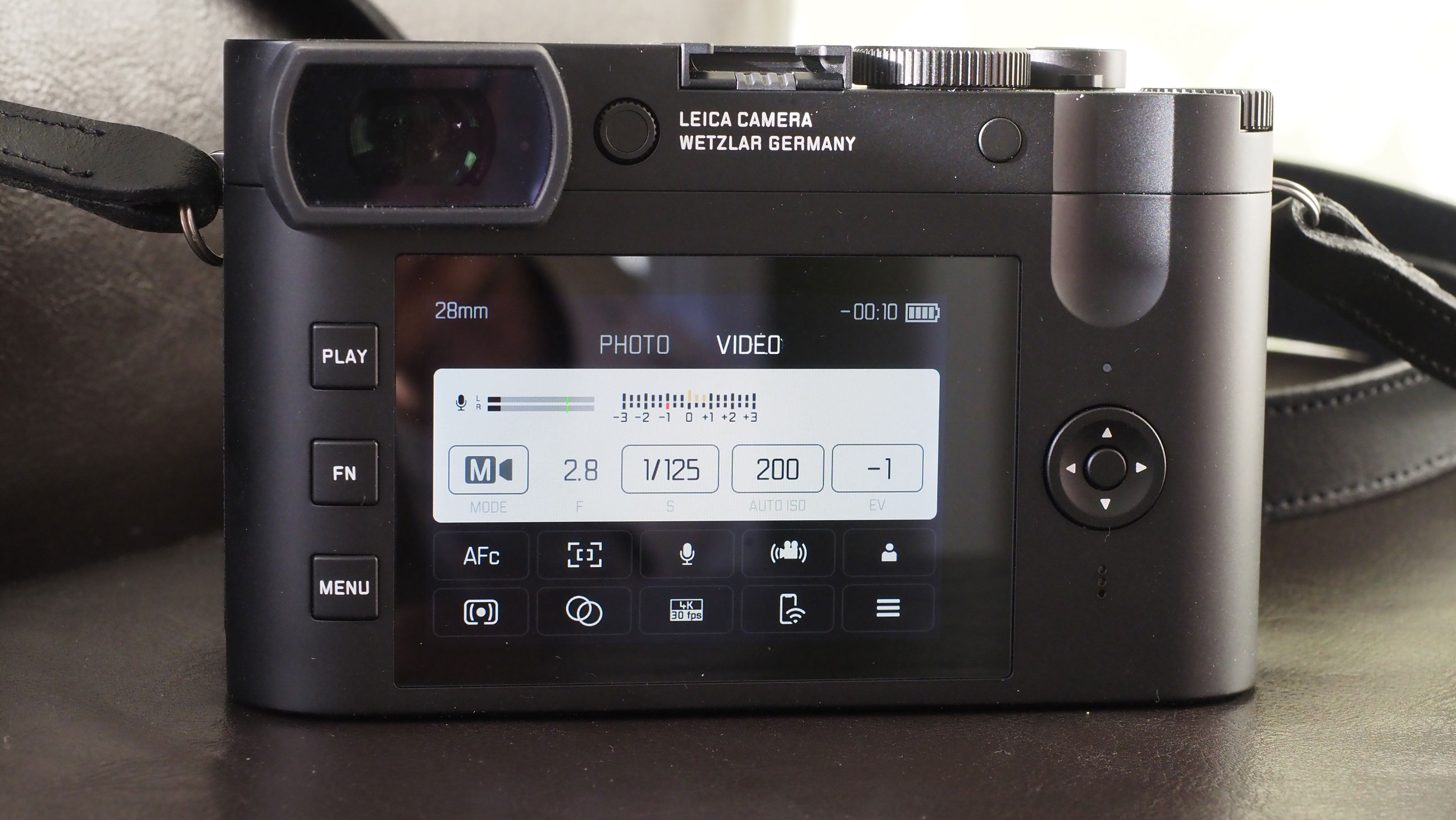
It’s interesting that Leica has given the Q2 Monochrom video capability. It can capture 4K video at 30p or full HD at up to 120p.
The lens has a macro mode for close focusing down to a distance of 17mm, which is activated by turning a ring at the base. When you do this, a new, more precise focus distance scale comes into view, which is a nice touch.
The Leica Q2 Monochrom has a magnesium alloy body and P52 dust and spray protection. It’s designed to be discreet, and there’s no Leica red dot logo on the front – though you do get one displayed briefly on the rear screen when you power down.
One especially nice touch is that the menu system has been modified for the monochrome version, so that instead of Leica’s regular color modes, you now get monochrome toning options.
Build and handling
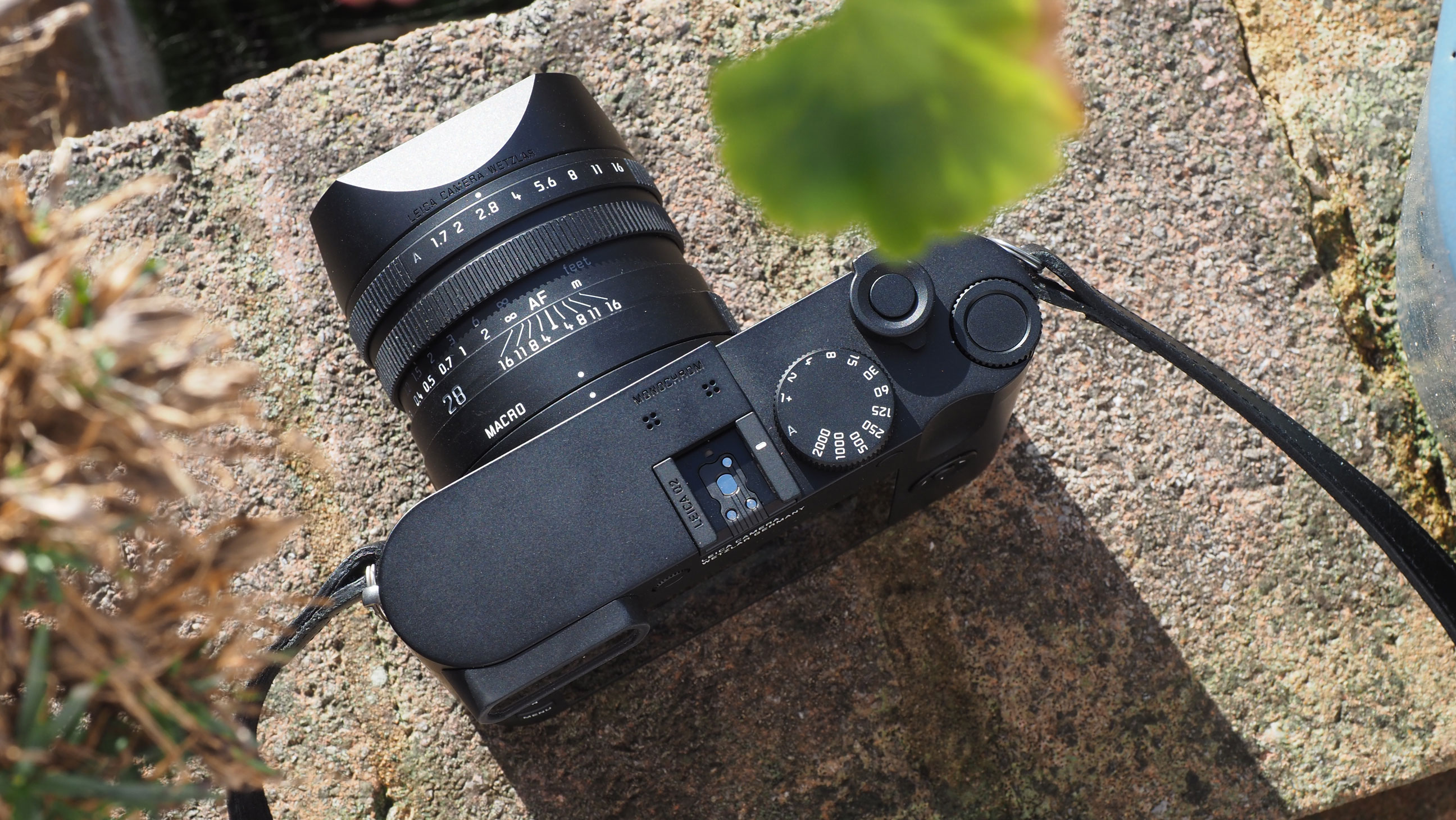
You wouldn’t say that the Q2 Monochrom has been moulded to fit the human hand, exactly. Like Leica’s M models, it has a simple rectangular shape with enough grip (thanks in part to a scalloped thumb rest on the back) but not a lot. You’ll want to wear this camera with a strap.
The controls are minimal but effective. The lens has a clearly marked aperture ring, plus an ‘A’ setting for automatic aperture selection. On top there’s a shutter speed ring, also with an ‘A’ setting. If you set both to ‘A’ you get program auto exposure; otherwise you set one to ‘A’ and adjust the other to get aperture-priority or shutter-priority automation. Or, of course, you can set he exposure manually.
Round the back is a fixed rear screen that doesn’t even have a tilt adjustment, three buttons and a small four-way controller. This looks and feels quite small but has a very firm, precise action.
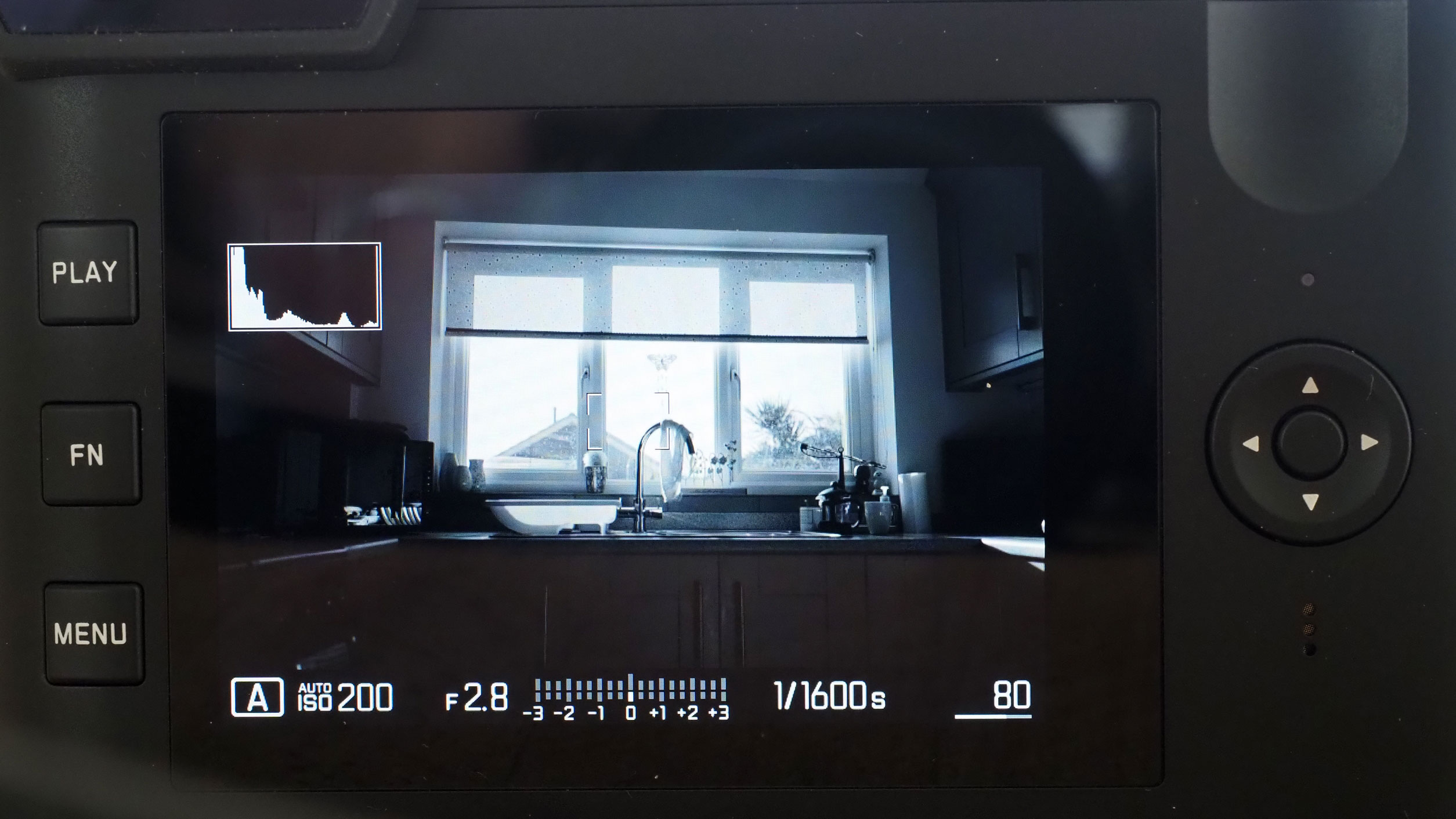
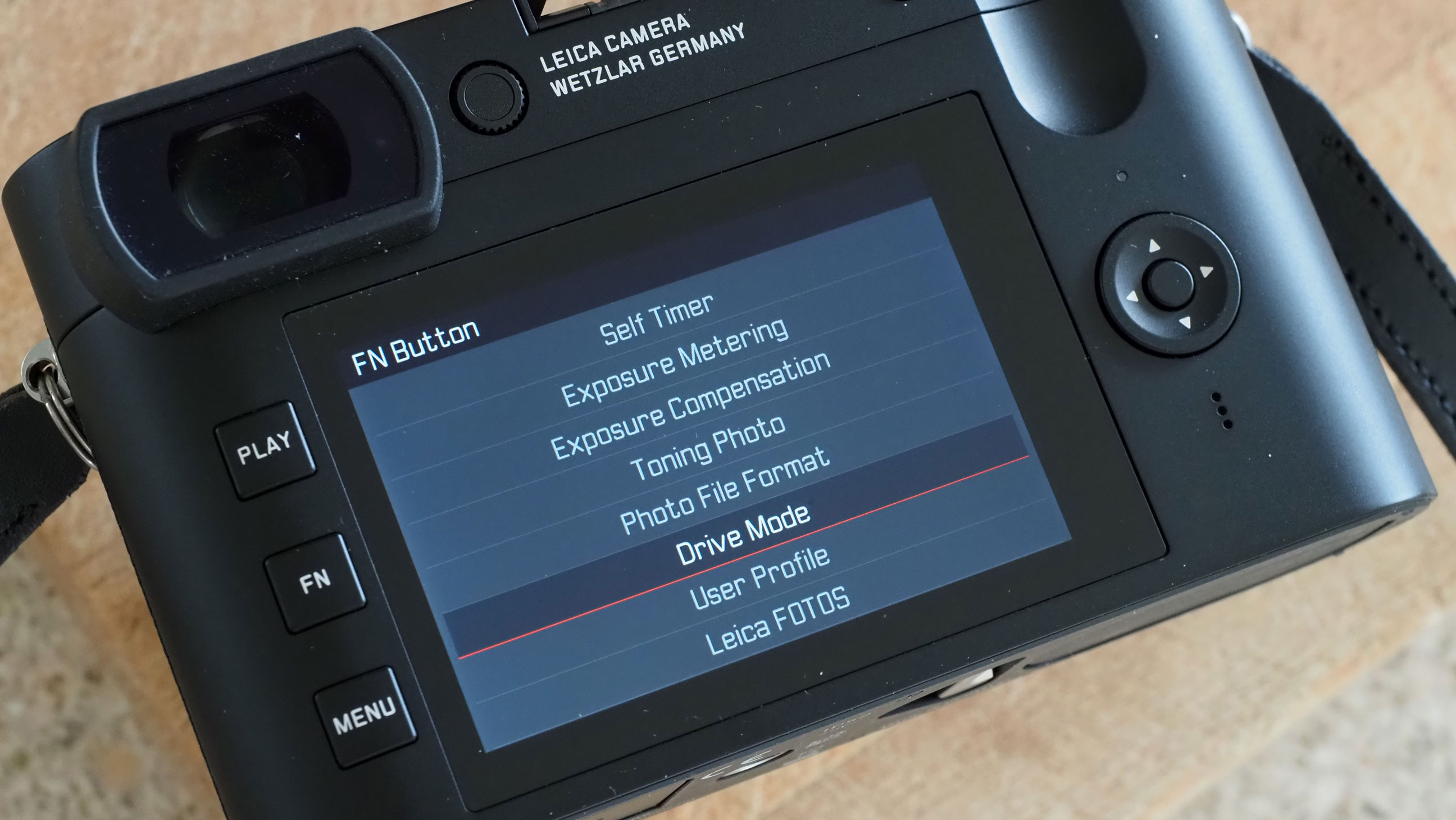
There is a small unmarked button on the back which you can use to cycle through the optional ‘zoom’ settings, and on top are two further unmarked function buttons. You press these once to activate that function, or press and hold for a few moments to choose which function they will be used for.
This is so much simpler and more intuitive than the tedious setup screens other camera makers insist on. In fact, the Leica’s whole interface is both clear and efficient. One press of the Menu button opens a quick settings screen and then, if you need more menu options, you just scroll down to that option. Why use two buttons when you can use one? Whatever Leica pays its interface designers, they’re worth it!
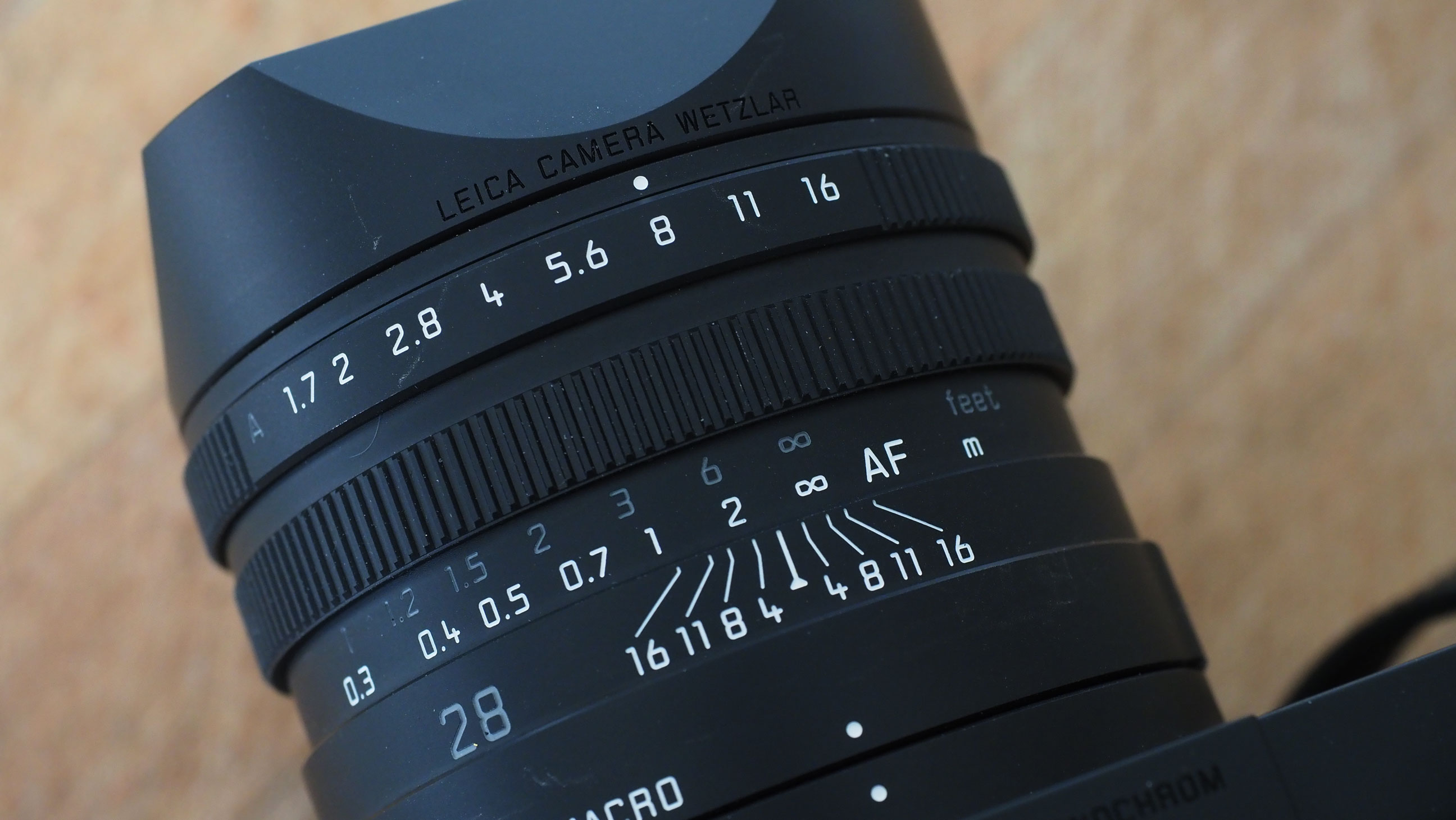
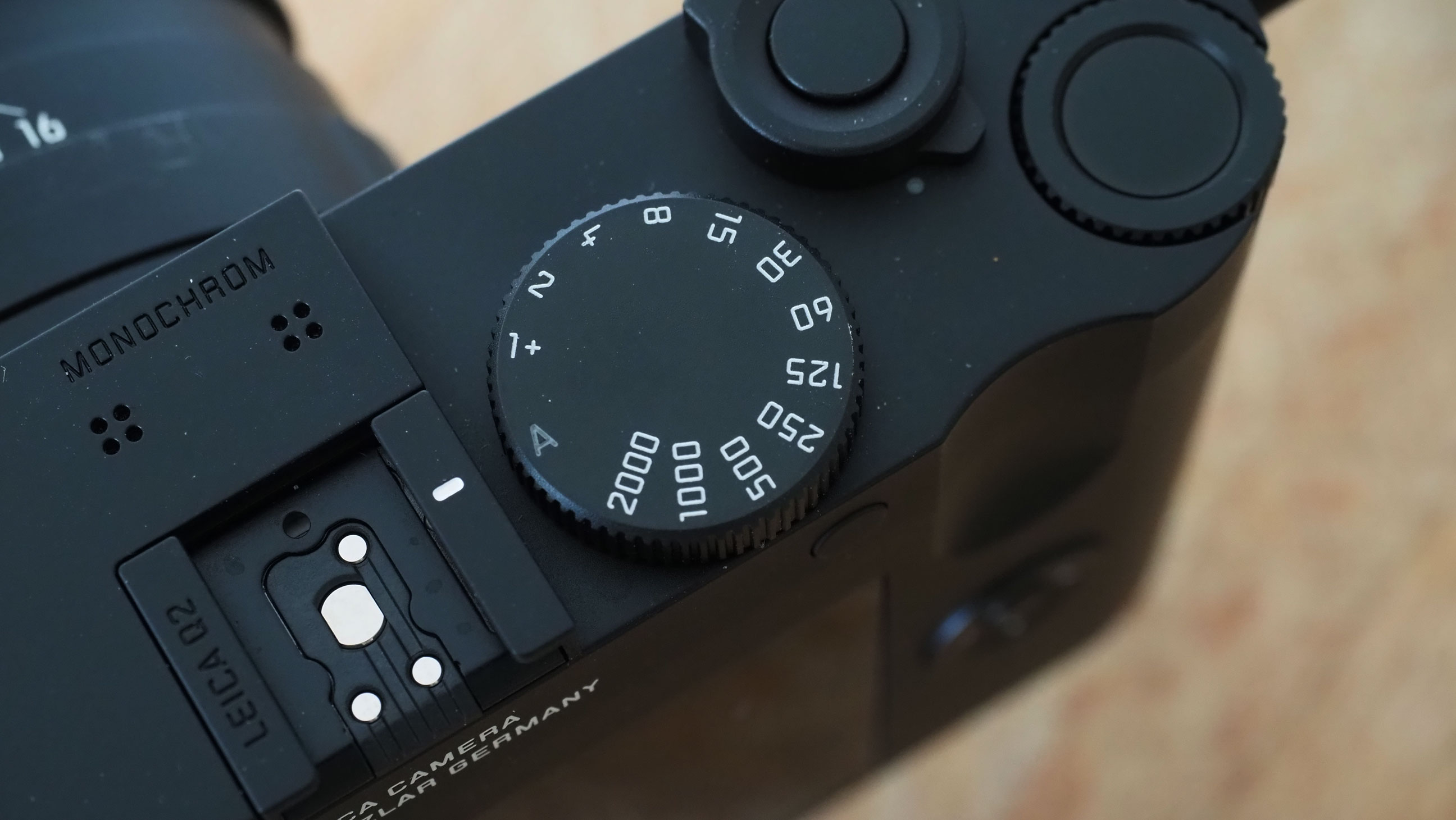
Many controls are not labelled, but you very quickly learn and remember what everything does. The EVF and rear screen are both excellent, displaying the same rich, dense monochromatic tones captured by the sensor.
The shutter action deserves a special mention for being EXTREMELY quiet and soft. There’s no mirror mechanism to make a noise and because the lens is not interchangeable Leica has been able to use – we understand – an in-lens leaf shutter rather than a bigger and noisier focal plane shutter.
Performance
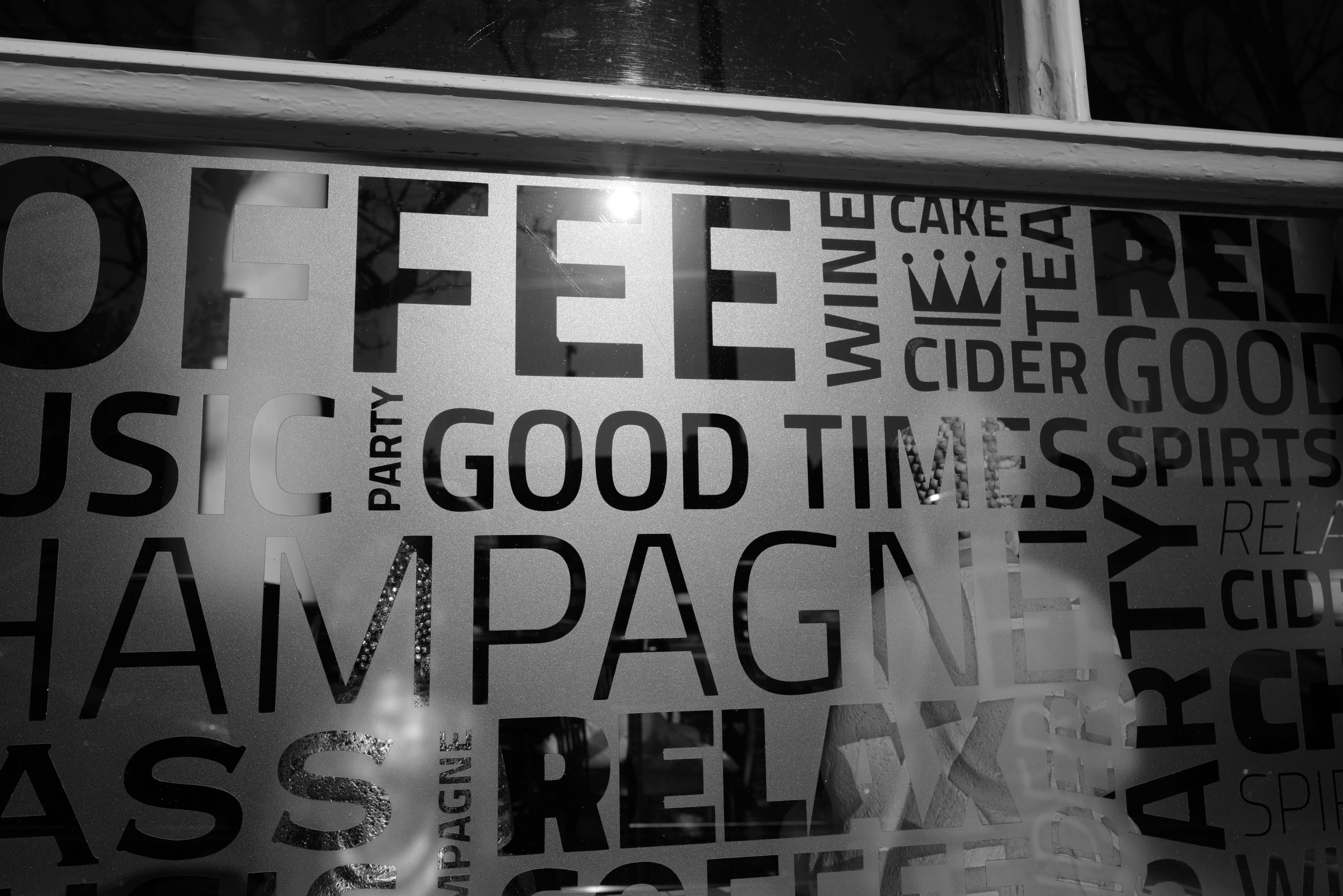

The key point about the Q2 Monochrom (and the previous M10 Monochrom) is that the mono sensor is not just a pointless limitation. With a monochrome sensor there is no data interpolation or detail-softening ‘demosaicing’ process as colors are reconstructed from neighbouring pixels.
In principle, this doesn’t just mean sharper detail, it means less noise and better image quality, but less noise too – particularly if you like to use red, yellow or green ‘contrast’ filters to change the way different colors translate into shades of grey. With a regular color sensor, background noise in the individual color channels can soon start to appear; with a monochrome sensor (you will need old-fashioned lens filters), this doesn’t happen.
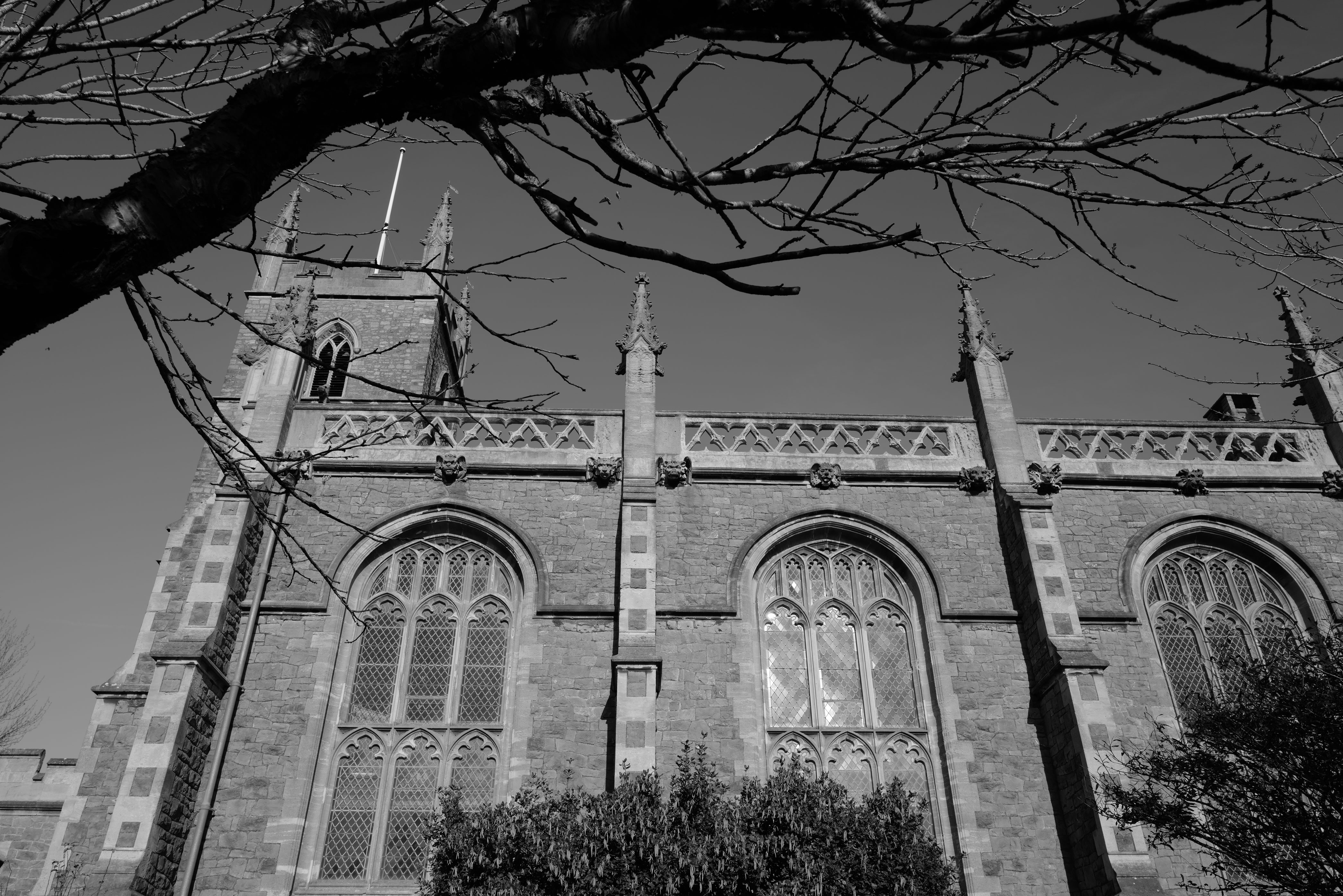
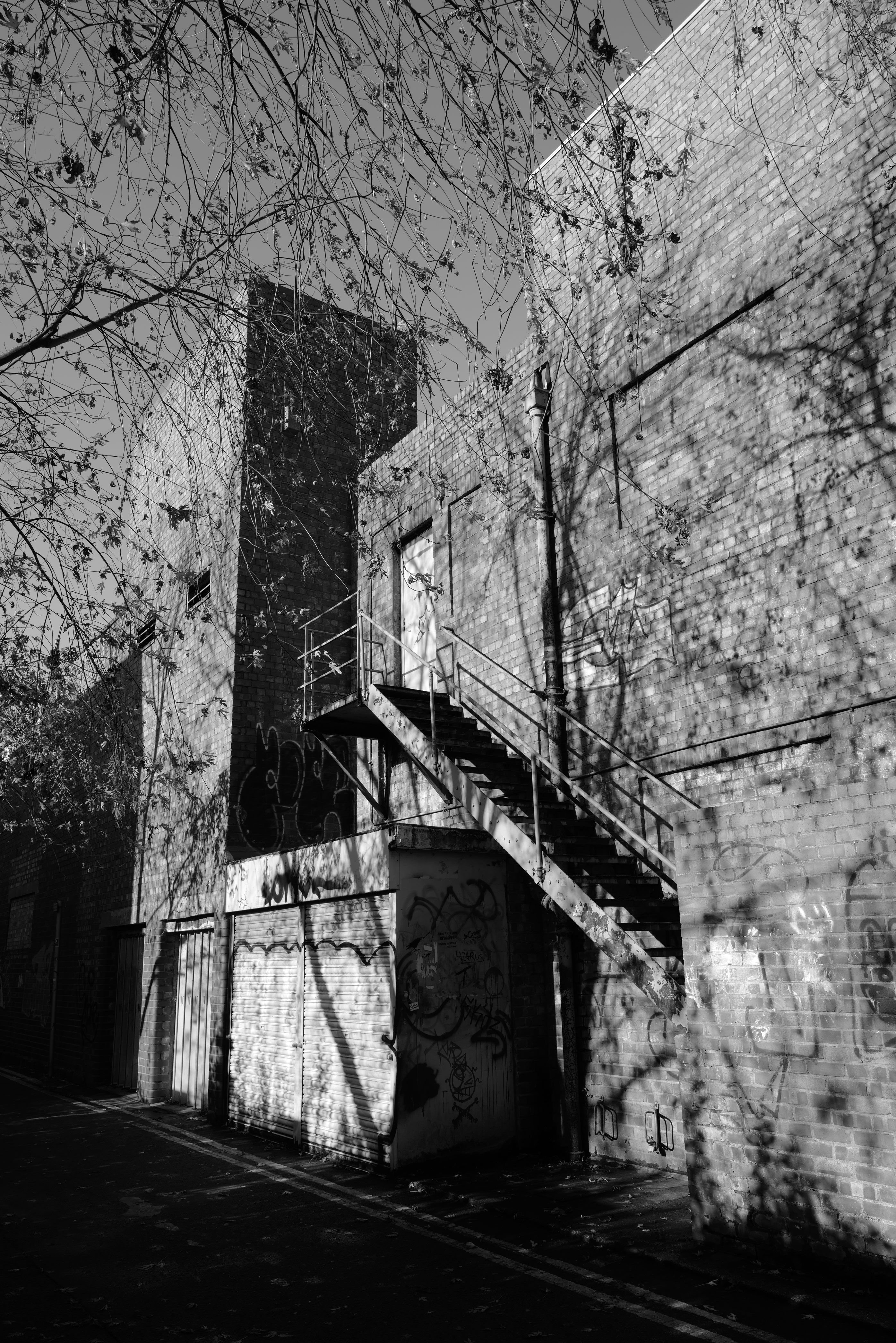
The fact is, real-world images from the Leica Q2 Monochrom are quite remarkable. The Summilux lens delivers edge-to-edge sharpness that’s so consistent that if there is any drop-off, it’s hard to see it with the naked eye. At low ISOs there is not just an absence of noise, but also none of the tiny edge artefacts you get with regular bayer sensors.
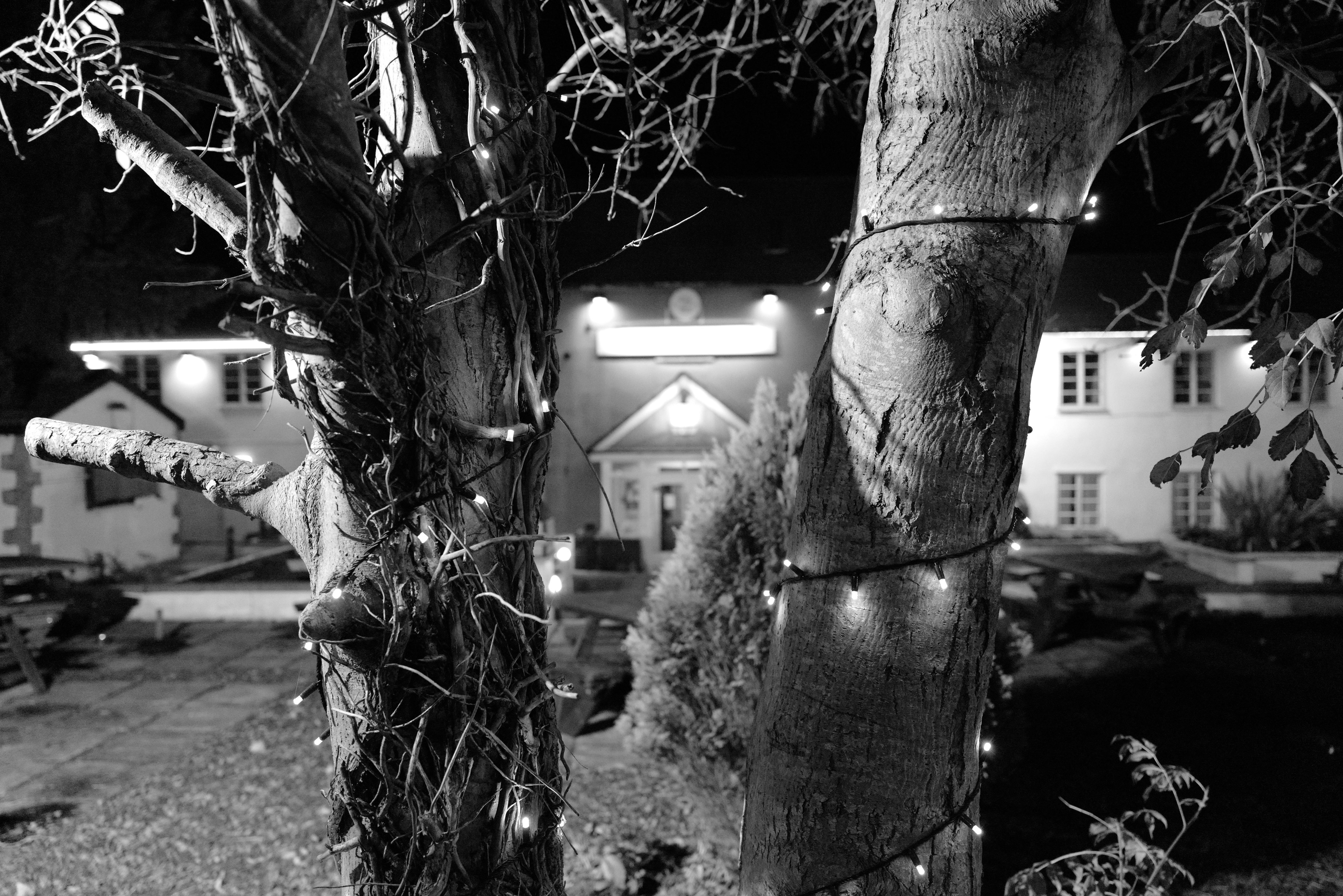
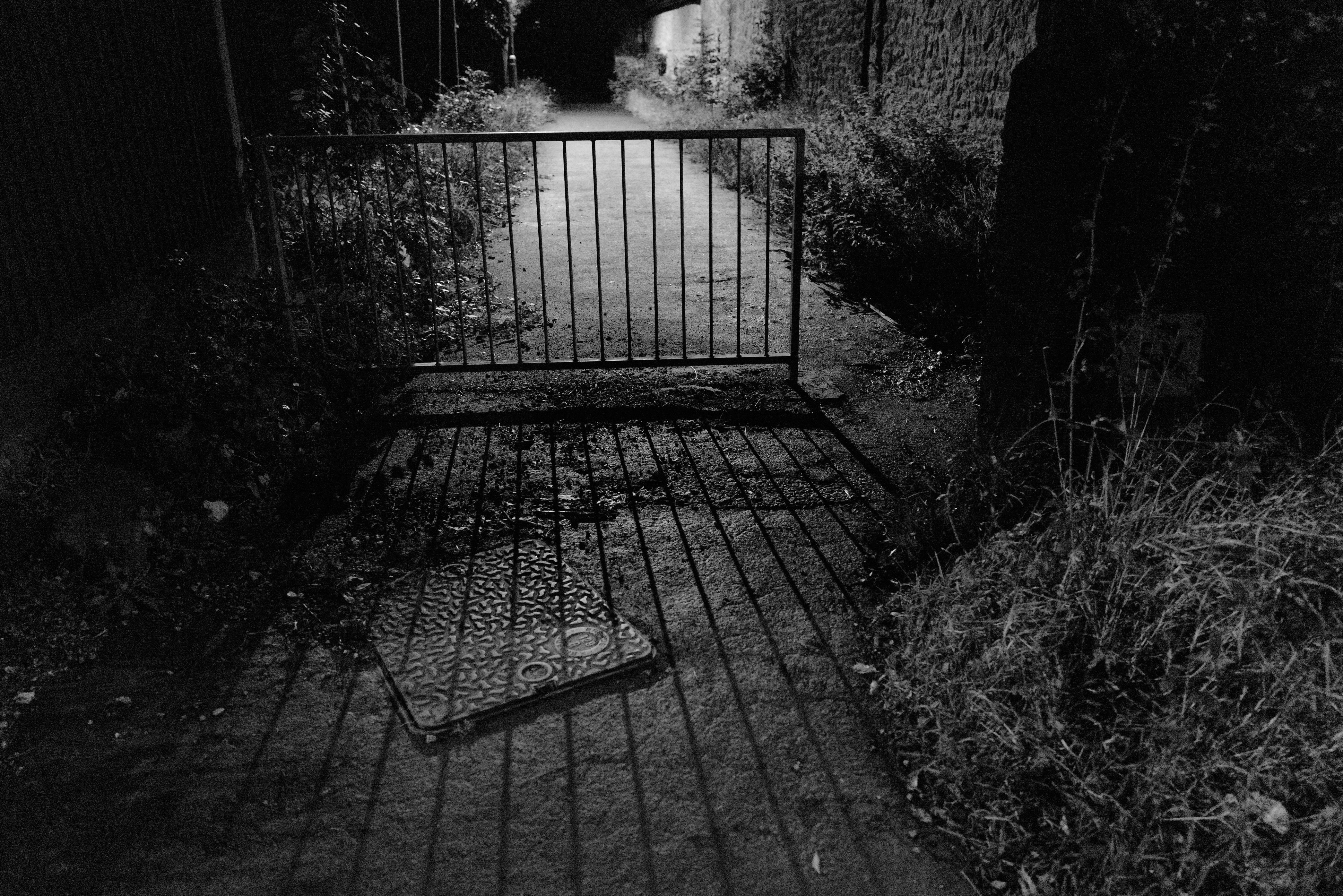
At high ISOs, the Q2 Monochrom is quite remarkable. Leica seems to have tuned the processing to deliver a more film-like grain pattern, so that even as noise levels increase, the noise itself is far less objectionable. We took some handheld night shots at ISO 25,000 and ISO 100,000. The ISO 25,000 shots are very sharp, full of crisp detail and have an attractive granularity. We would shoot at this setting without hesitation. At ISO 100,000, the detail is reduced and you’re not going to be able to recover much shadow detail, but images still look sharp, detail looks tight and contrasty and this a genuinely usable setting, unlike the pixel soup generated my most cameras at these extreme sensitivities.
The AF performance is mixed. It’s fine for static shots but can hunt and dither in continuous shooting and in video. It might be no concidence that the Q2 Monochrom shares similar specs to Panasonic’s 47MP full frame sensor array, right down to the 225-area contrast AF system.
Here's a sample video showing the Leica Q2 Monochrom's video mode and AF system in action.
The uncertain continuous AF is made more obvious by the Leica lens’s visible focus breathing during AF shifts. The Q2 Monochrom can shoot really nice-looking 4K video, but you’ll get better results by choosing the focus point manually and picking an area with clearly defined details and not leaving it to ‘hunt’. Left to its own devices, it will create smooth but slow focus transitions as your subject or the camera moves, but you’ll get a snappier and more positive response by tapping a focus point on the screen while filming.
Lab data
The Q2 Monochrom doesn't have many direct fixed lens, digital camera rivals. We therefore cast our net a little wider for our lab data comparison to include Leica's other current black-and-white offering, the M10 Monochrom. It's also interesting to see how the Q2 Monochrom compares to Leica's other 47.3MP camera, the SL2. Our final comparison camera is another retro-styled model with similar handling and an emphasis on artistic, creative shooting: the Fujifilm X-Pro 3.
Resolution
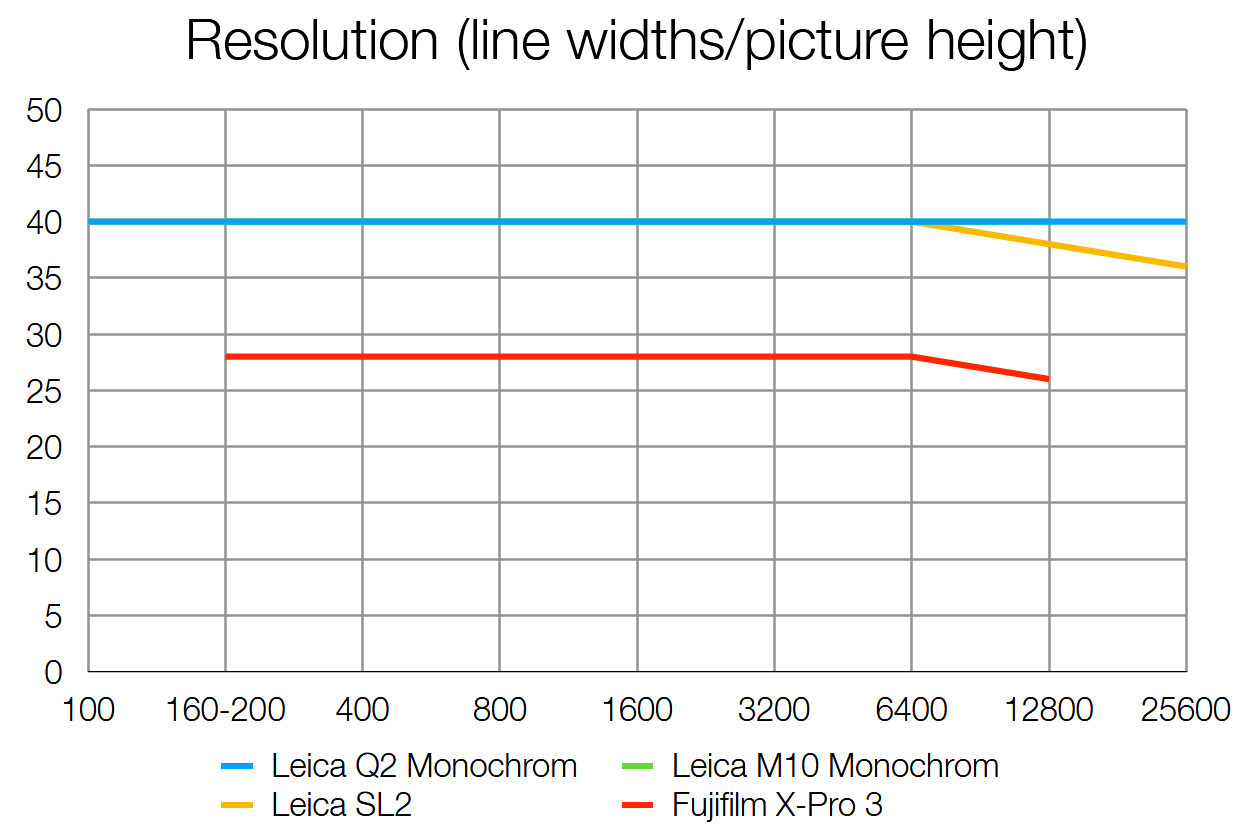
Resolution is measured in line widths/picture height, a widely used standard for resolution measurement that's independent of sensor size.
With 40+MP on tap, all three Leica cameras are capable of resolving very similar amounts of fine detail. it's M10 Monochrom equals the Q2 Monochrom throughout our tested sensitivity range, which is impressive as its sensor resolution is lower. However, the actual difference in image dimensions isn't that large when comparing the M10's 40.9MP (7864x5200) DNG files and the 46.7MP (8368x5584) Q2 Monochrom's raws. Consequently the Q2 Monochrom and SL2 can't quite resolve measurably more detail than the M10 in our resolution test.
Dynamic range
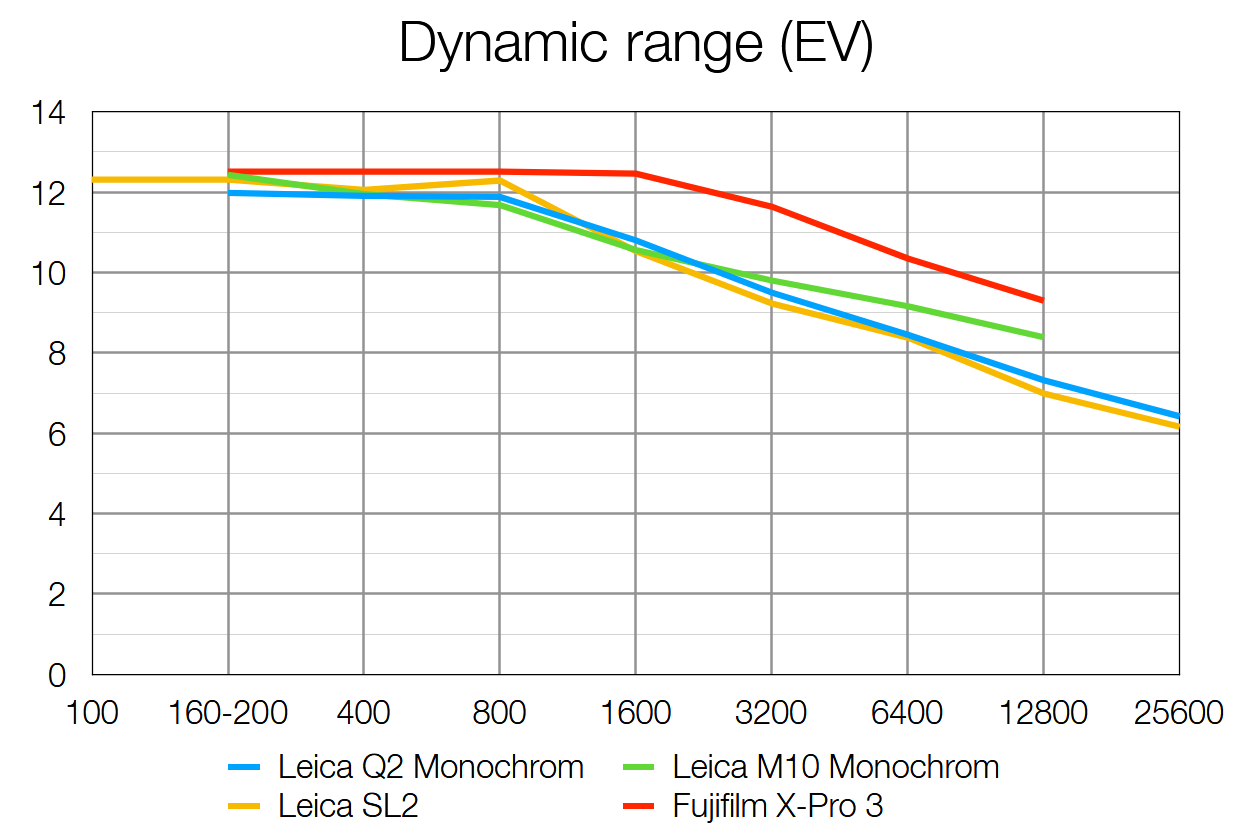
Dynamic range is measured in EV (exposure values, or 'stops'). It's a measure of the camera's ability to record detail in extremely bright and dark areas of the scene. The higher the value, the better.
As the Q2 Monochrom and SL2 share similar sensor specs, it's little surprise that both cameras capture almost identical amounts of dynamic range. The Q2 has a slight edge over the SL2 at ISO 1600 and above, which could be due to its monochrome sensor. However, if all you want is dynamic range, Fujifilm's X-Trans 4 sensor in the X-Pro 3 is in a league of its own, proving you don't have to sacrifice color data to achieve the best possible highlight and shadow capture.
Signal to noise ratio
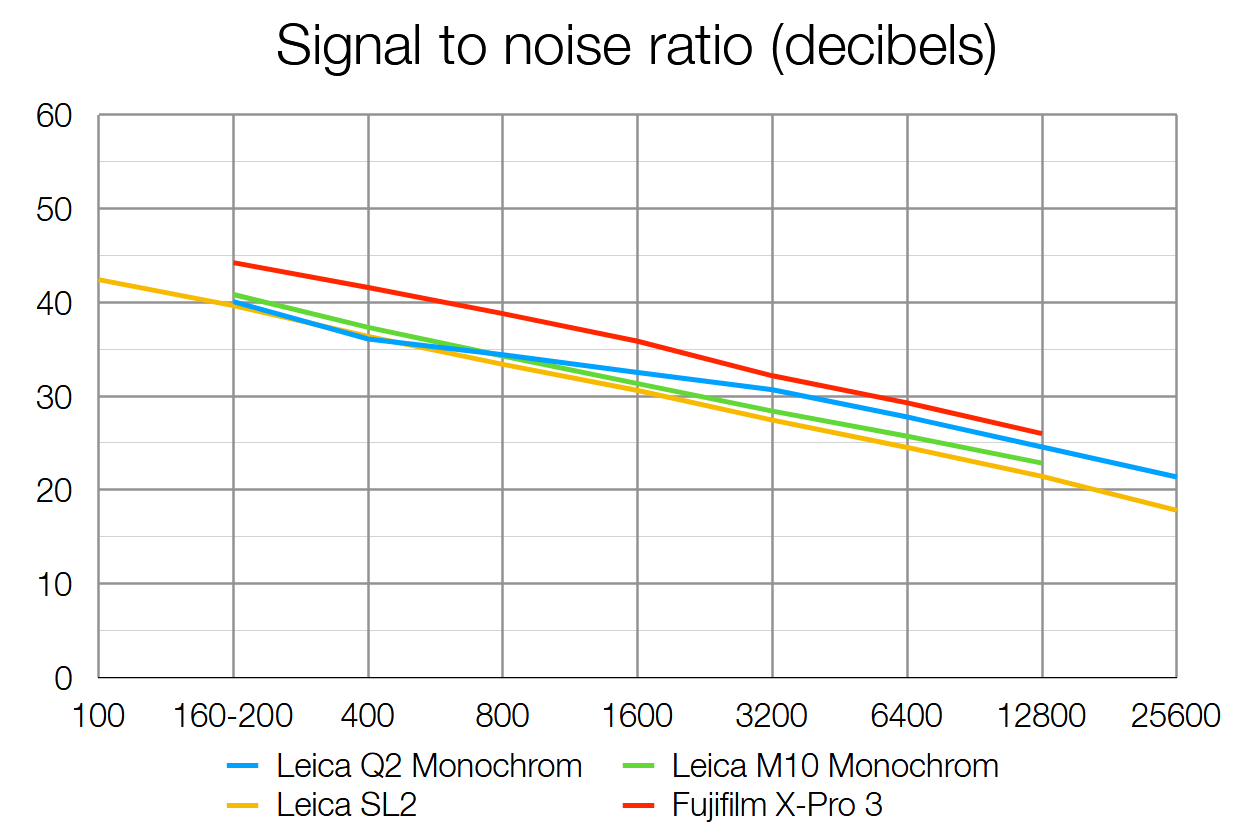
Our signal to noise test measures image clarity, specifically the ratio of the actual image 'data' you want to capture, versus the image noise that you don't want, but will inevitably be visible when shooting at higher ISO sensitivities. The higher the score at a given ISO sensitivity, the better.
Here the Q2 Monochrom's mono sensor gives it an edge over the color SL2, at least at higher sensitivities, where it demonstrates noticeably lower noise levels. But as with dynamic range, that pesky X-Pro 3 beats all three Leicas, as it produces the cleanest shots of the bunch.
Verdict
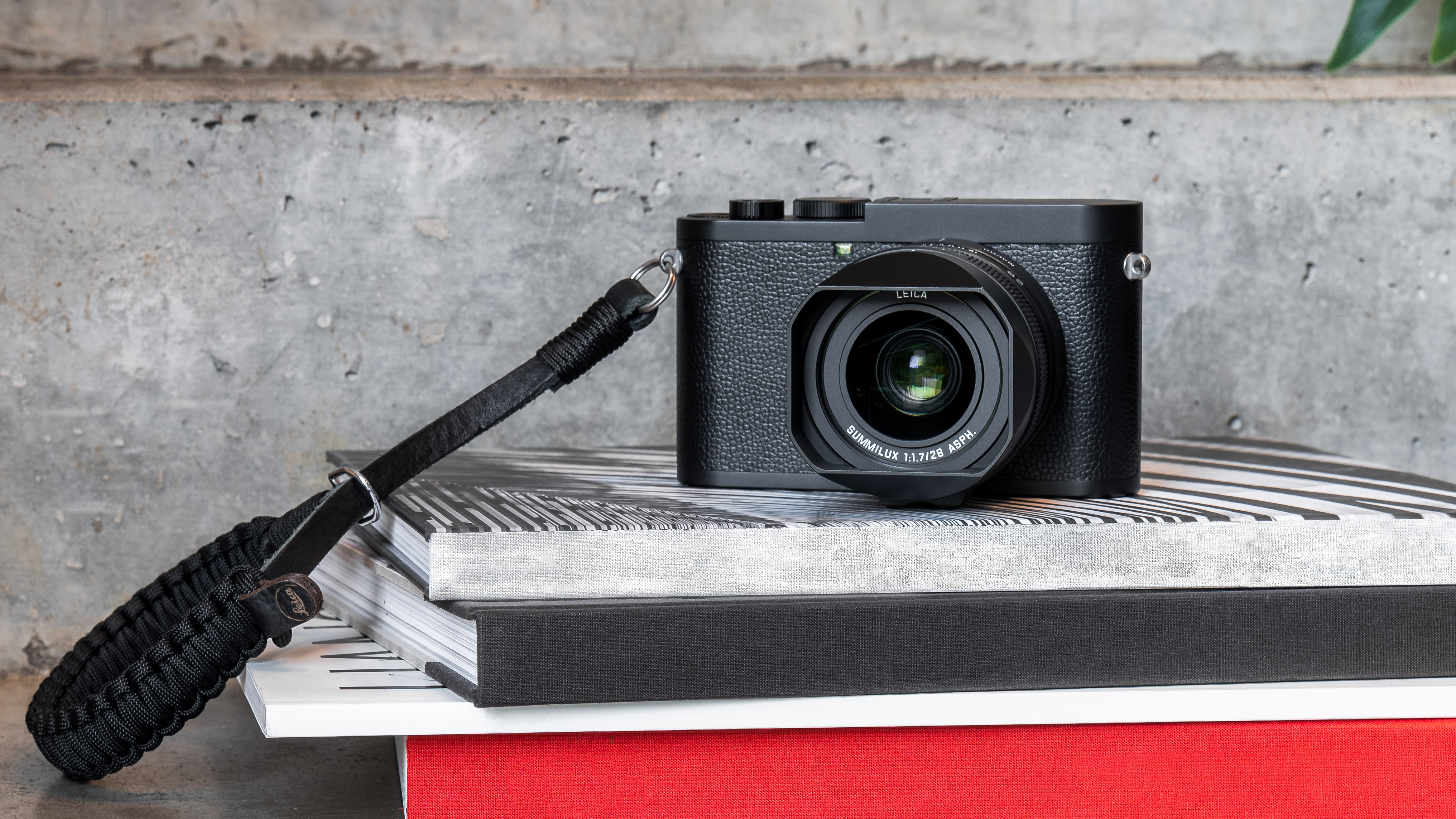
The Leica Q2 Monochrom offers a number of surprises. One is the sheer visual quality of its monochromatic images, due in part to the dedicated mono sensor but also the edge to edge sharpness of that Leica lens. Another is its performance at high ISO settings. Its special ‘Leica’ noise rendering is reminiscent of gritty black and white and it holds both edge detail and fine textural detail at quite insane sensitivity settings. The third surprise is the rather good 4K video – as long as you work around the limitations of the AF system.
What shouldn’t be a surprise is the sheer engineering quality, which you would expect at this price, of course. But it’s not just the glass and metalwork that’s impressive, but the Leica’s control layout and digital interface. Both are rather remarkable.
As with any Leica, there will be those who simply can’t and won’t countenance this camera’s price and its quite narrow target market. Instead, the Leica Q2 Monochrom is designed for those who love black and white, who love cameras as physical objects, and who can afford both this camera and others for ‘regular’ photography.
Read more:
• Best Leica cameras
• Best compact cameras
• Best full frame cameras
• Best professional cameras

Rod is an independent photography journalist and editor, and a long-standing Digital Camera World contributor, having previously worked as DCW's Group Reviews editor. Before that he has been technique editor on N-Photo, Head of Testing for the photography division and Camera Channel editor on TechRadar, as well as contributing to many other publications. He has been writing about photography technique, photo editing and digital cameras since they first appeared, and before that began his career writing about film photography. He has used and reviewed practically every interchangeable lens camera launched in the past 20 years, from entry-level DSLRs to medium format cameras, together with lenses, tripods, gimbals, light meters, camera bags and more. Rod has his own camera gear blog at fotovolo.com but also writes about photo-editing applications and techniques at lifeafterphotoshop.com
